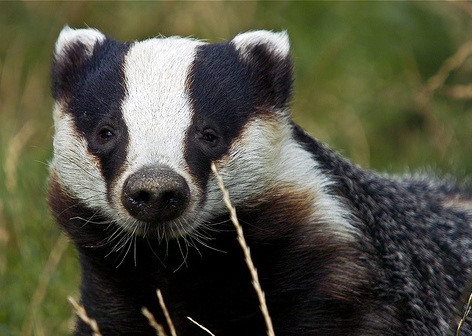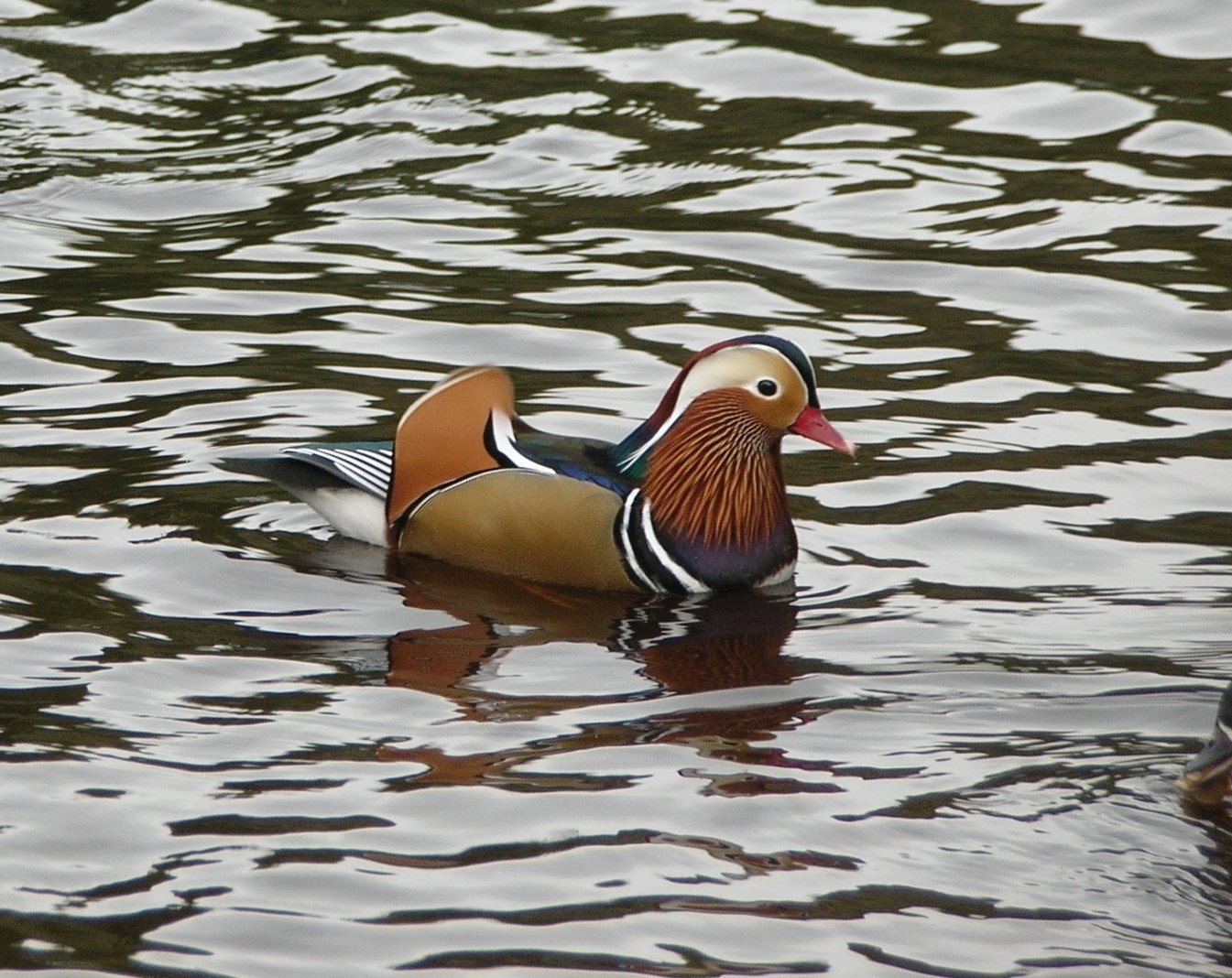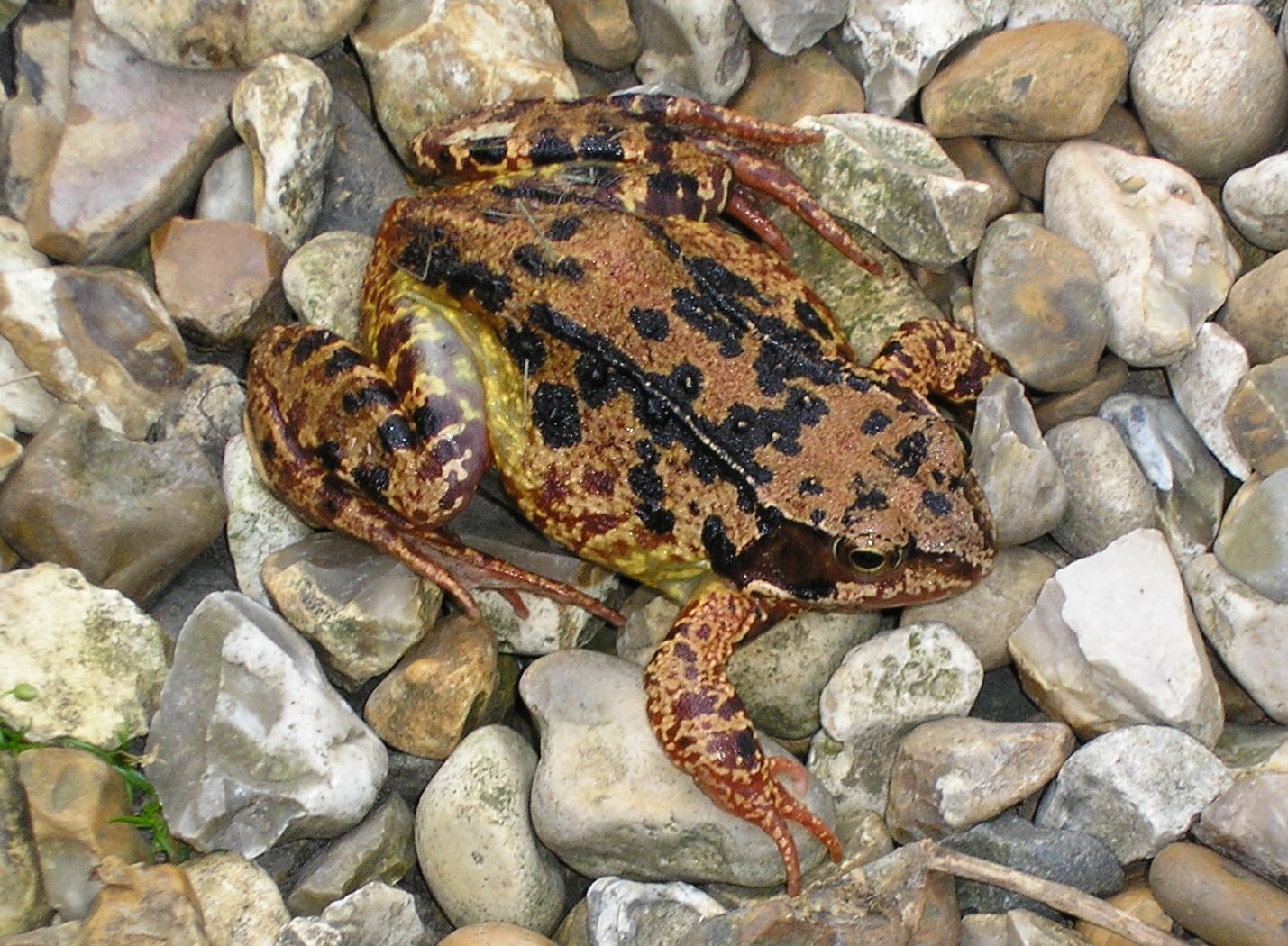February’s wildlife highlights
PUBLISHED ON: 2 FEBRUARY 2016This is the latest in a year-long series of monthly blogs, featuring seasonal highlights from the natural world in the New Forest. Keep an eye out for them as you explore the Forest this month.
In February there are some days when spring seems to be just around the corner, and others when winter keeps a tight grip.
New Forest badgers are clearing out the old bedding in their setts and bringing in fresh bracken and leaves in preparation for the arrival of their cubs. The youngsters will not go above ground until April or early May. Badgers are quite widespread in the New Forest but unlike foxes they are seldom seen in daylight. An active sett has large spoil heaps, latrines and bedding near its entrances. Badgers and their setts are protected by law, be very careful not to cause any damage or disturbance if you find one.
 (Credit: Killianwoods, Wikimedia Commons)
(Credit: Killianwoods, Wikimedia Commons)
Pools and streams are always good places to look for birds, even in winter. The grey heron and little egret are seldom far from water, and you may find a grey wagtail with its yellow and grey plumage and particularly long waggy tail!

Watch also for one of the more exotic birds in the Forest: the mandarin duck (above). The male is particularly striking with yellow, orange, black and white plumage. First introduced from Hong Kong, they escaped from country estates and have been breeding in the New Forest since the 1980s. They nest in holes in trees but at this time of year you may see them on Forest pools feeding alongside mallard ducks.
Frogs are emerging from their winter hiding places to make their way to water to begin spawning. Other signs of spring are hazel catkins and the new shoots of grass, nettles, bluebells, dog mercury, violets and cuckoo pint. You might see a few early-flowering primroses, wood anemones and lesser celandines in the woodlands at the end of the month.

Small birds such as nuthatches, treecreepers and different types of tits and finches can be seen more easily when the trees are leafless. They are feeding as much as they can at the end of the long winter and are delightful to watch. Listen out for increasing bird-song: in gardens and woodland thrushes are beginning to sing and out on the open heathland listen for the rare woodlark singing high over its territory.
A mild February day will bring out insects that have survived hibernation, such as small tortoiseshell, peacock, red admiral and brimstone butterflies, as well as bumble bees, winter gnats and hoverflies.
In the coniferous woodlands, you might spot large ant hills constructed of twigs, leaf-stalks and pine needles. These can be almost a metre high and two metres in diameter and are built by southern wood ants, which are also beginning to emerge.

